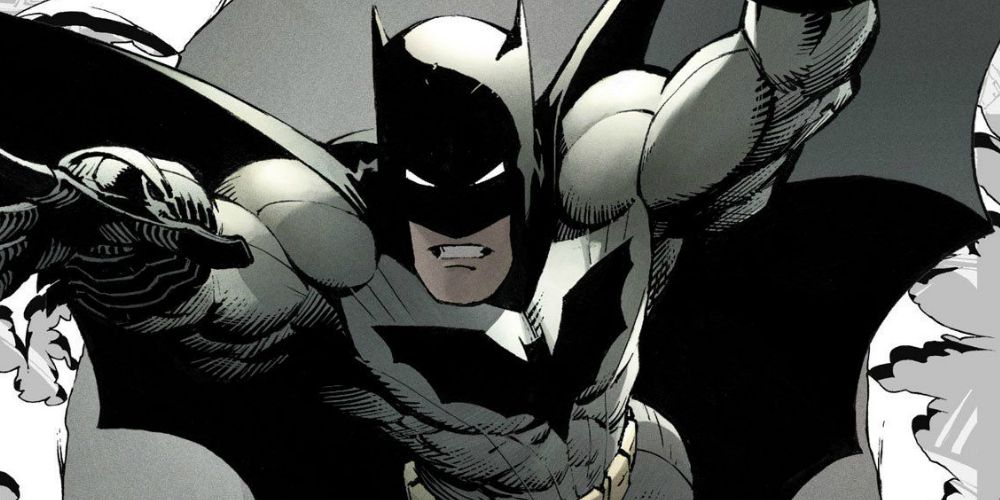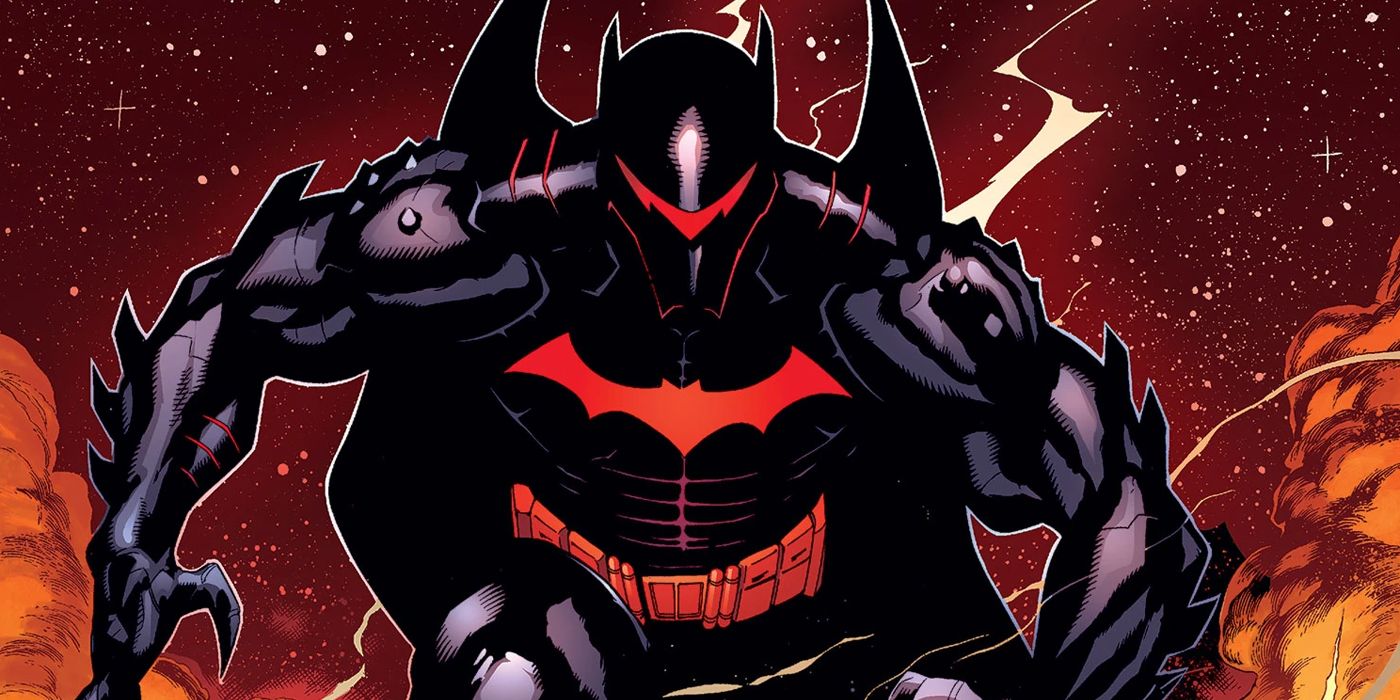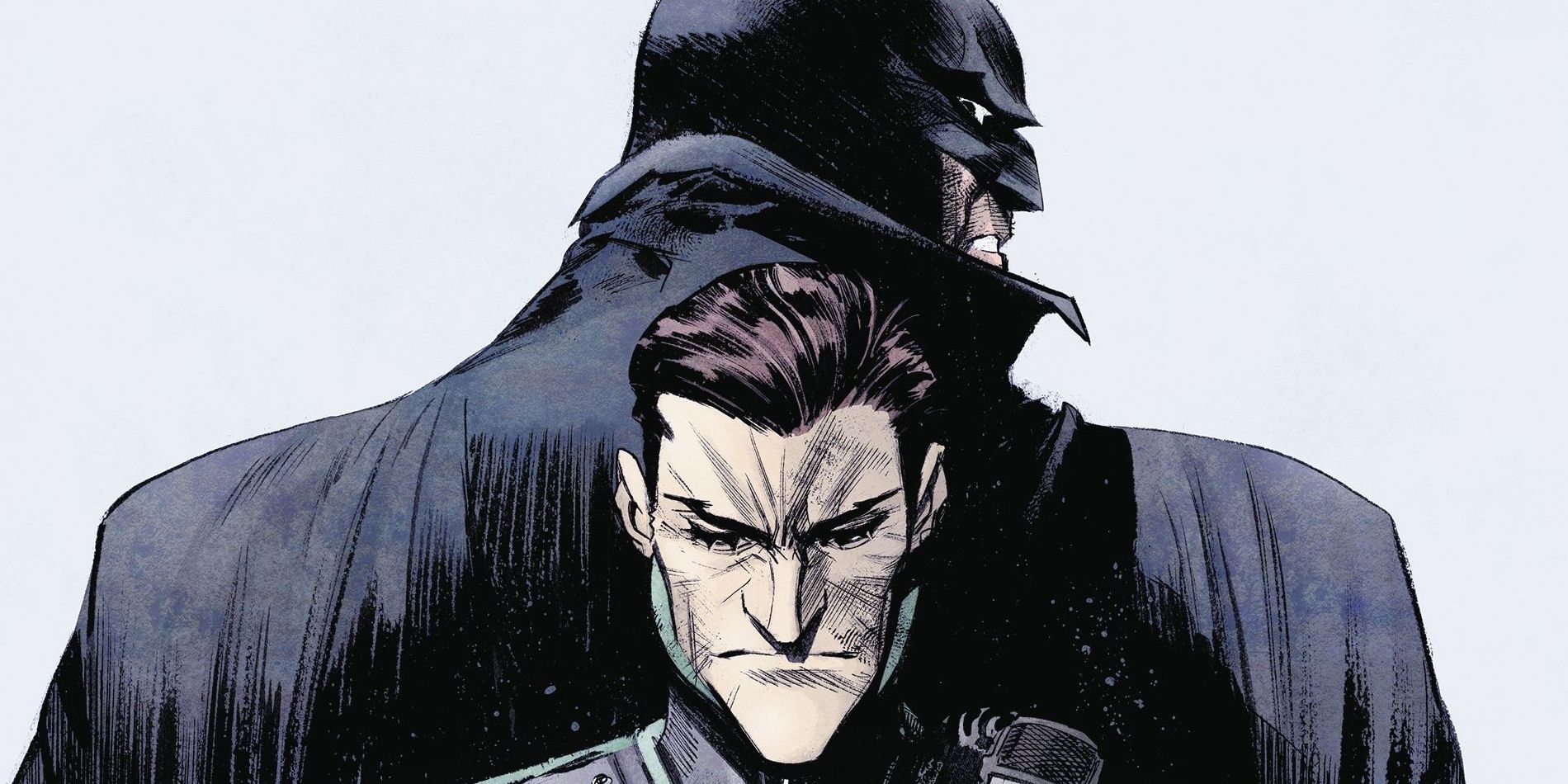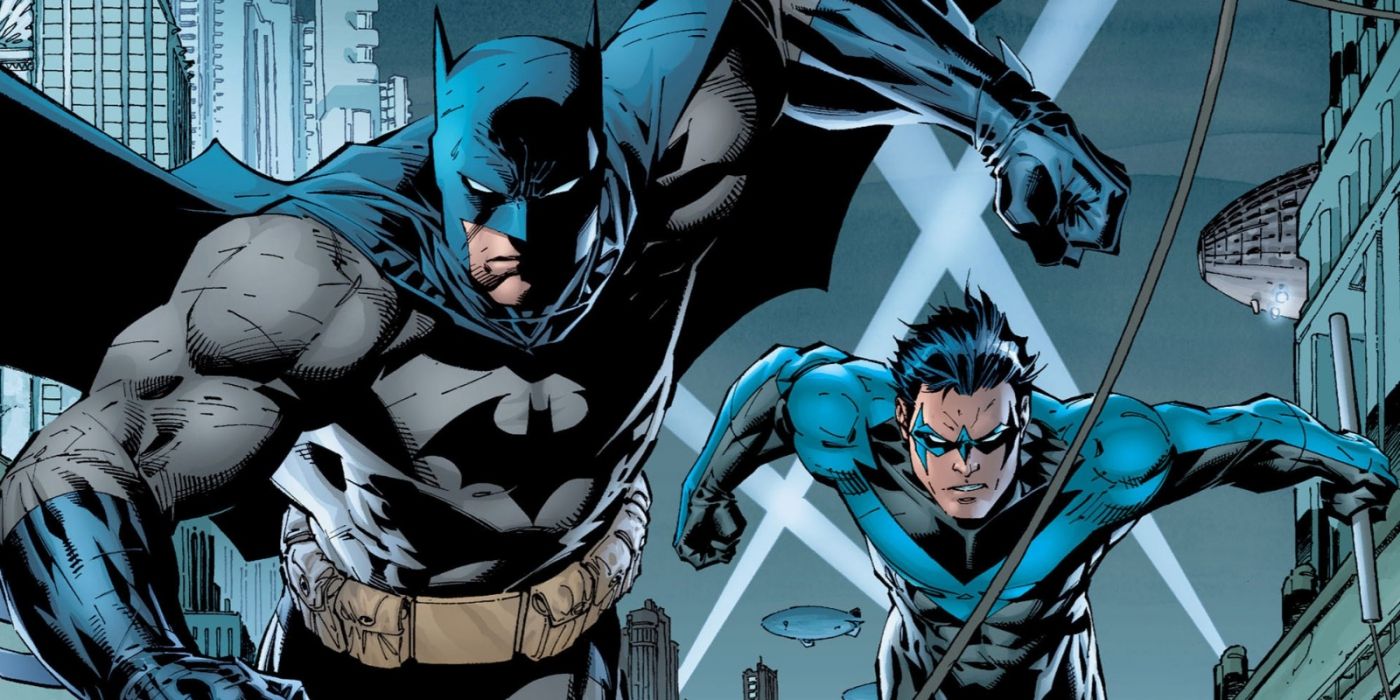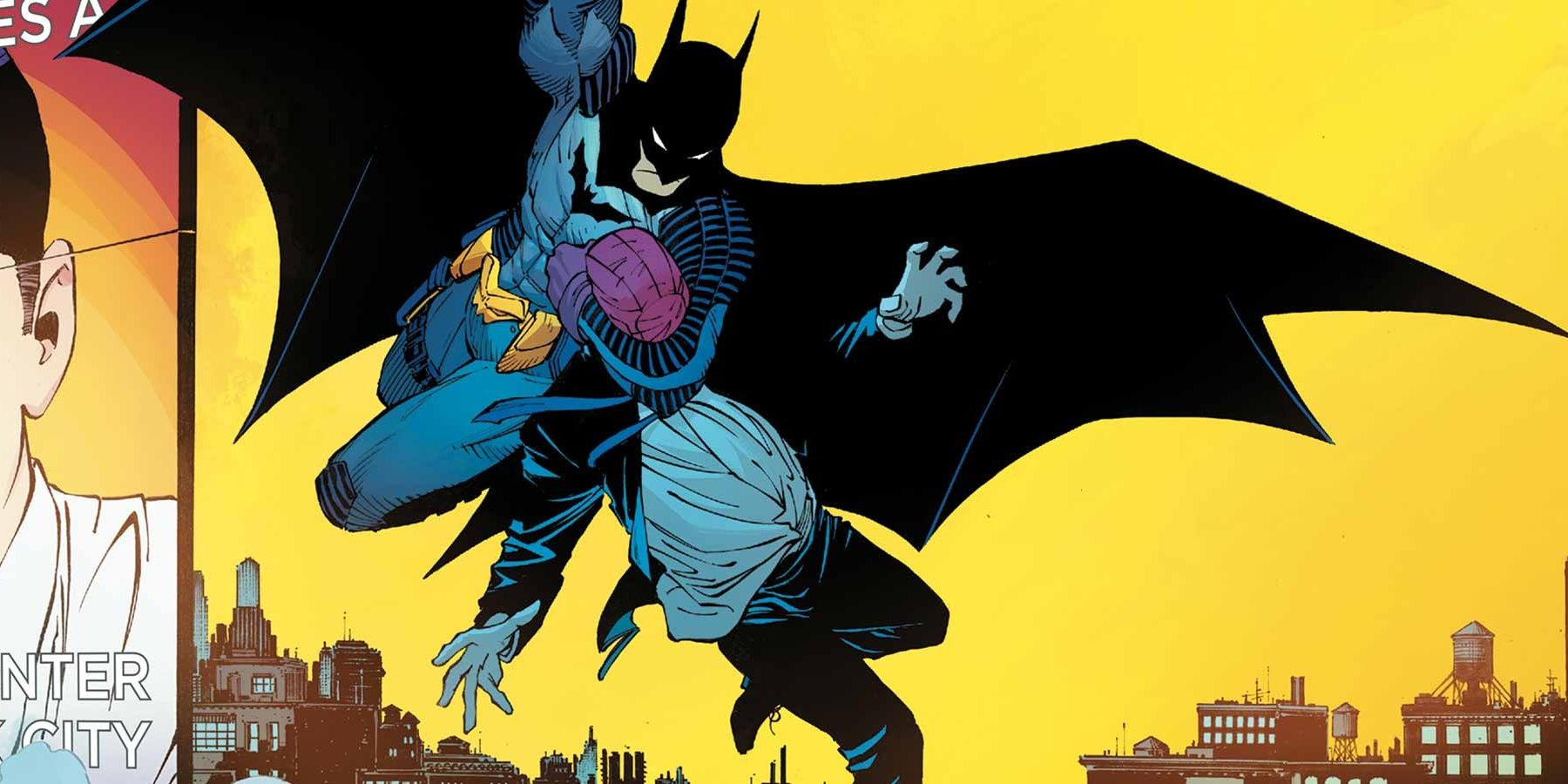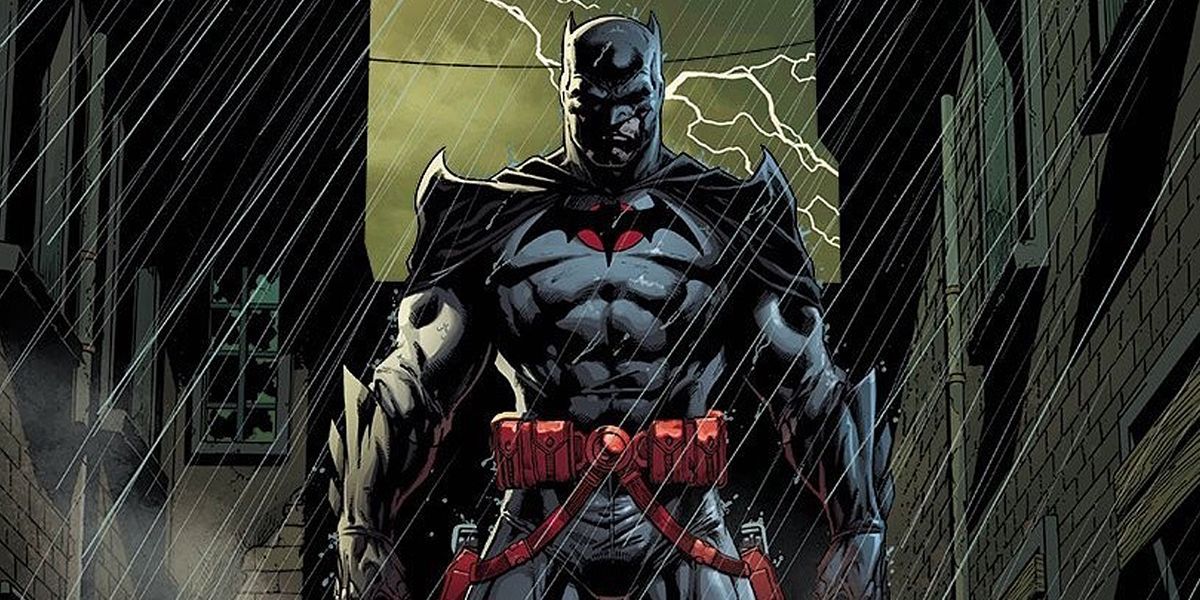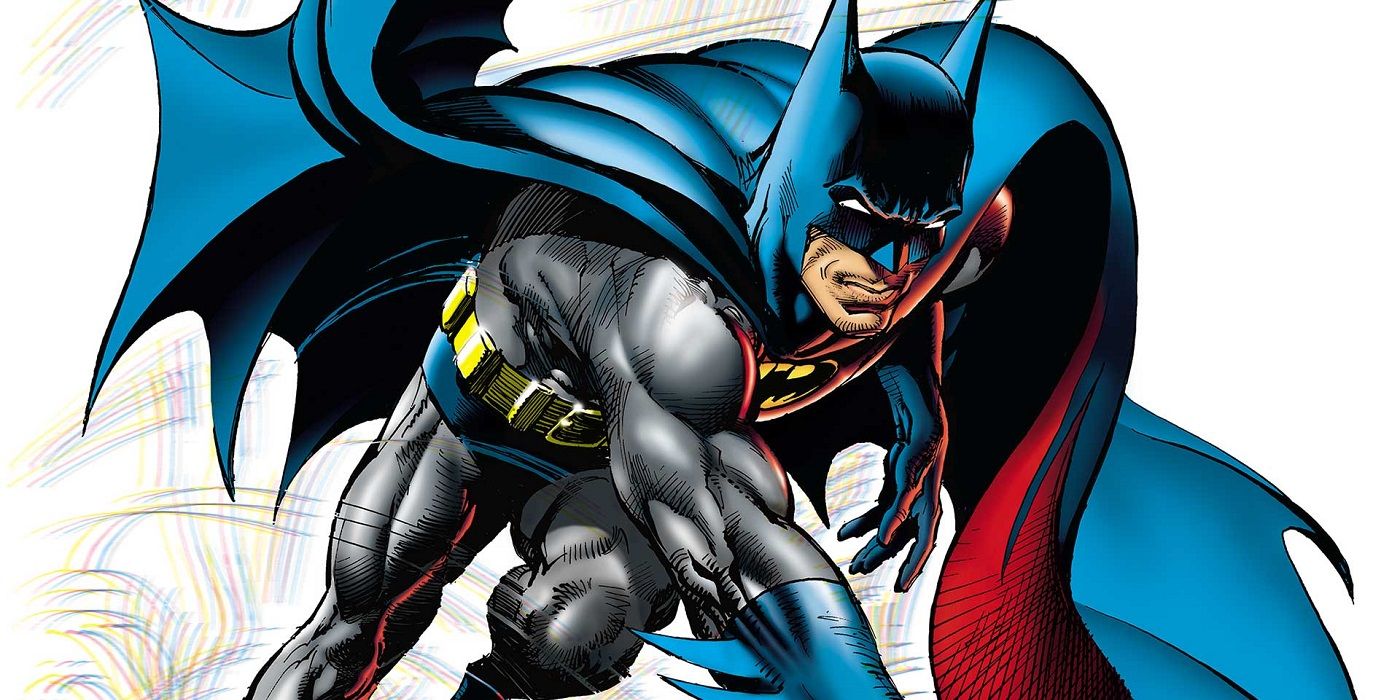For over 80 years, fans have enjoyed the comic book adventures of Batman. Over those decades, the Dark Knight has battled Gotham's worst villains and looked good doing it, donning dozens of unique costumes. DC Comics can't go more than a couple of years without introducing a new version of the Batsuit, and fans absolutely love it.
The original suit, designed by Bob Kane and Bill Finger when they first created the character back in 1939 was so striking. The suit seen in Detective Comics #27 was so foundationally strong that it could be altered in hundreds of ways and still feel quintessentially "Batman."
10 Batman Dons An Armored Suit In Dark Knight Returns
Frank Miller crafted a very dark, character-driven story with Dark Knight Returns. Miller delved deep into Bruce's character, origins, and motivations. What would a Bruce Wayne in his 50s be like? How would he be different from a Bruce Wayne in his prime? And what would make him come out of retirement?
In the final chapter of Dark Knight Returns, Batman battles Superman. The confrontation forces Bruce to don a brand-new, armored Batsuit unlike anything fans had seen before. The armor is iconic and has been adapted in the DKR animated film and Zack Snyder's Batman V Superman.
9 Batman Stalks The Streets Of London In Gotham By Gaslight
Mike Mignola, best known for the creation of Hellboy, has provided work for DC Comics, illustrating some of the best Batman comic covers of the 1980s and '90s, and drawing the legendary Batman: Gotham by Gaslight. It's a shame Mignola never had his own full run on Batman or Detective Comics because his art style fits the gothic world of Batman so perfectly.
Mignola's design for the Batsuit was incredible. It still featured classic "Batman" elements, but this Batman was bulkier, the cape and collar looked more like a 19th-century trench coat, and readers could see Bruce's eyes under the cowl, something rarely seen in the comics.
8 Batman Beyond Entered The Main DC Comics Continuity
So much about the Batman Beyond concept was completely original. Neo-Gotham's sci-fi style, Bruce Wayne in his 80s, Terry McGinnis, and more were original creations or eras of Batman's mythos that had been previously unexplored. The Batman Beyond animated series followed the events of Batman: The Animated Series, and Terry's Beyond suit, the futuristic, sleek, capeless costume with the large red bat symbol, existed outside the main DC Comics continuity... until Futures End.
After the events of Futures End, Terry McGinnis and aspects of the Batman Beyond series were incorporated into DC's main universe. Now, Terry's Beyond suit could legitimately be placed alongside the other great comic book Batsuits.
7 The New 52 Introduced A New Batsuit
The New 52 relaunched the DC Comics universe, recontextualizing past events, or erasing stories entirely. Fans weren't too thrilled with past canon being erased, specifically when characters like Wally West disappeared, but some series, like Scott Snyder and Greg Capullo's Batman, shined during this era.
Snyder crafted some of the best modern Batman stories, while Capullo illustrated some of the most beautiful Batman comic book covers of the decade. Capullo also illustrated a new black and gray Batsuit that would be used for the majority of the New 52. The New 52 Batsuit looked like a combat suit, with sleek, accentuating details and a distinct lack of underwear outside the costume.
6 The Hellbat Allows Batman To Battle Darkseid
The Hellbat suit was forged in the sun by Superman, with the rest of the Justice League contributing to its powers and capabilities in some way. The suit was designed for Batman, allowing him to challenge superpowered enemies on his own.
Batman first used the suit in the New 52 Batman and Robin series after the forces of Apokolips stole Damian Wayne's body. Using the Hellbat, Batman held his ground against Darkseid. The Hellbat is an all-black, metallic suit with red accents and a glowing red visor, making it one of Batman's most menacing costumes.
5 Batman Sports A Stylish Popped Collar In White Knight
Sean Murphy introduced a new alternate DC universe with the release of Batman: White Knight. In this new Gotham City, the Joker is a somewhat redeemable character, while Batman is a more aggressive and vengeful version of himself. Murphy's art is gorgeous, and his redesigns for some of DC's greatest characters are unique and extremely stylish.
Batman's White Knight costume stands out from his many other comic book suits. He wears short gloves, like his original 1939 design, and sports black leggings that come up to his thighs, but the coolest part about this new suit is the upturned collar around his cowl. It really defines this suit and makes it memorable.
4 Jim Lee's Batsuit In Hush Is Timeless
The iconic "Hush" storyline began in 2002, running from Batman #608-619, brilliantly illustrated by Jim Lee. Batman and his gallery of rogues and allies had never looked so good under the pencils of Lee, the inks of Scott Williams, and the colors of Alex Sinclair. The trio of artists has collaborated on dozens of DC projects like the New 52 Justice League and Superman Unchained, and their work together is a constant hit with readers.
Lee's design for Batman during "Hush" was simple yet iconic. Batman's bodysuit was gray, his cape and cowl were dark blue, and his emblem didn't feature the yellow oval. Overall, it's a look the Dark Knight has worn many times, but the suit never looked better than it did under this art team.
3 In Zero Year, Batman Wore A Redesigned Version Of His Original Costume
"Zero Year" was Scott Snyder and Greg Capullo's attempt to retell Batman's origin in the context of the New 52 Universe where stories were shifted after the events of Flashpoint. In "Zero Year," Bruce Wayne faced the Riddler and Red Hood for the first time during his first few months of being Batman.
For the sotry, Greg Capullo designed a new Batsuit, that paid homage to the original suit that appeared in Detective Comics #27 in 1939. Batman's ears were longer, and he wore short, purple gloves instead of gauntlets. The "Zero Year" suit took the foundation of Batman's debut costume and added more details.
2 Flashpoint Introduced A Brand-New Batman
Thomas Wayne's version of Batman first appeared in Flashpoint #1, but the character's backstory was revealed in a three-issue tie-in miniseries. Thomas was a much more brutal Batman who had no issue using guns or killing his enemies. Ultimately, Thomas proved to be a hero who helped Barry Allen return to his original timeline.
Flashpoint Batman wears a brand-new Batsuit with a rarely used color scheme. The cape was black and the bodysuit was gray, but the belt and emblem were strikingly crimson. The suit also featured spiked shoulder pads, giving the Flashpoint Batman a unique silhouette.
1 Batman's Blue Cape & Cowl Suit In The 70s & 80s Was Iconic
Neal Adams is well-known in the comic book community for his contributions to DC Comics, which included the co-creation of characters like Ra's al Ghul and John Stewart, and the art he provided for books like Green Lantern/Green Arrow, Batman, and Detective Comics in the 1970s.
After the debut of Robin, Batman comics grew more kid-friendly, and the Batsuit was altered. Batman's cape was bright blue and the man himself wore a jovial expression. When Adams came aboard, he kept the blue and gray color scheme but lengthened the ears and cape and illustrated a design that would be Batman's primary comic book costume for nearly two decades.

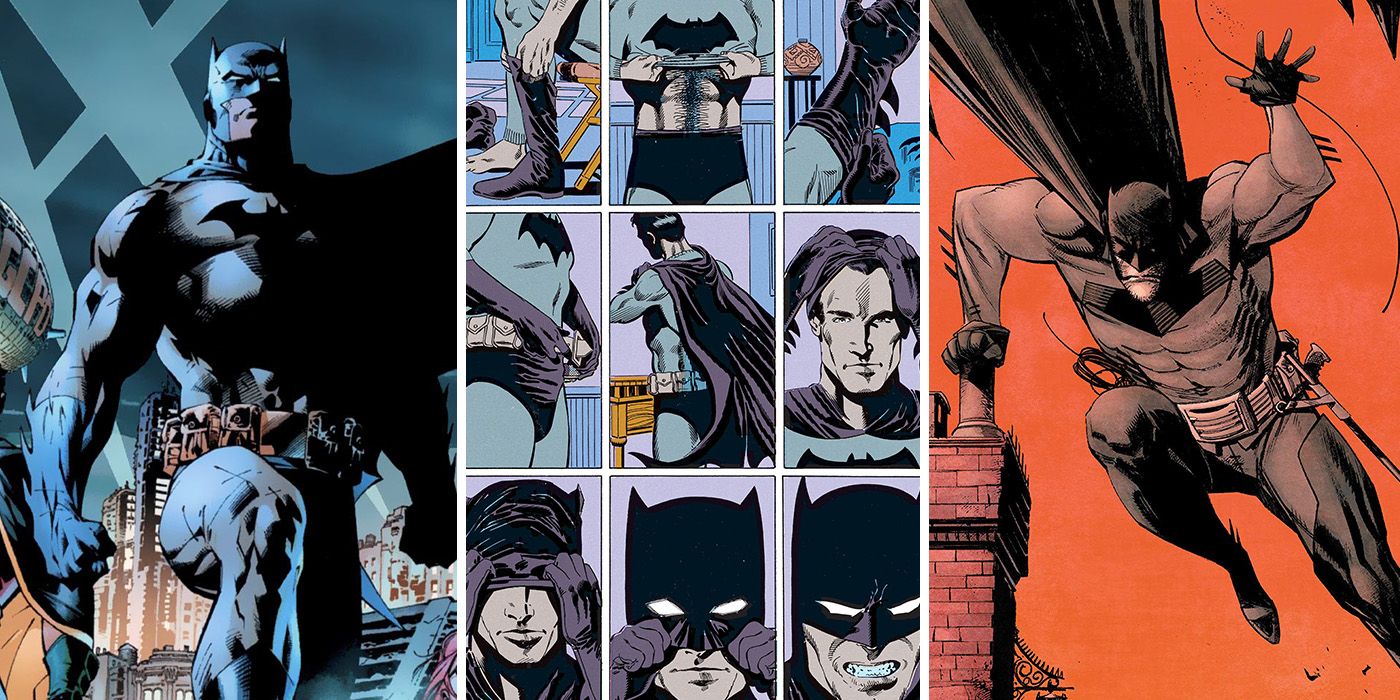
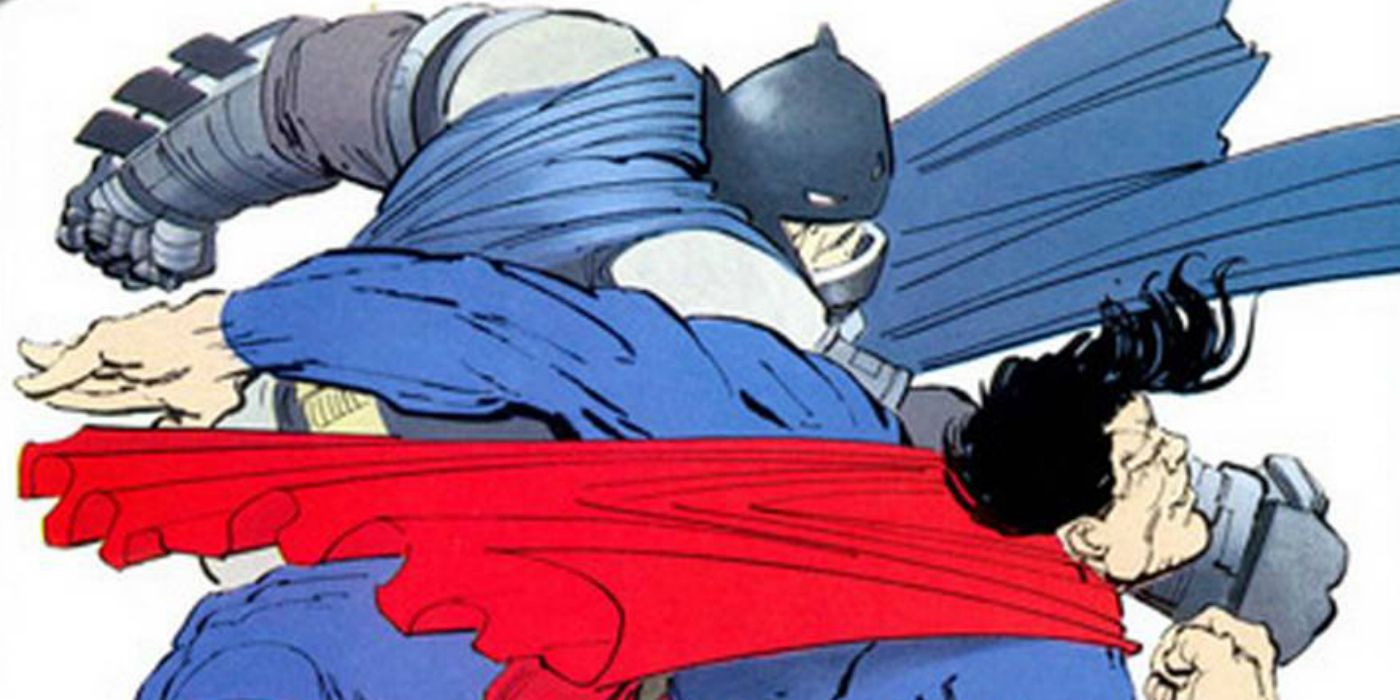
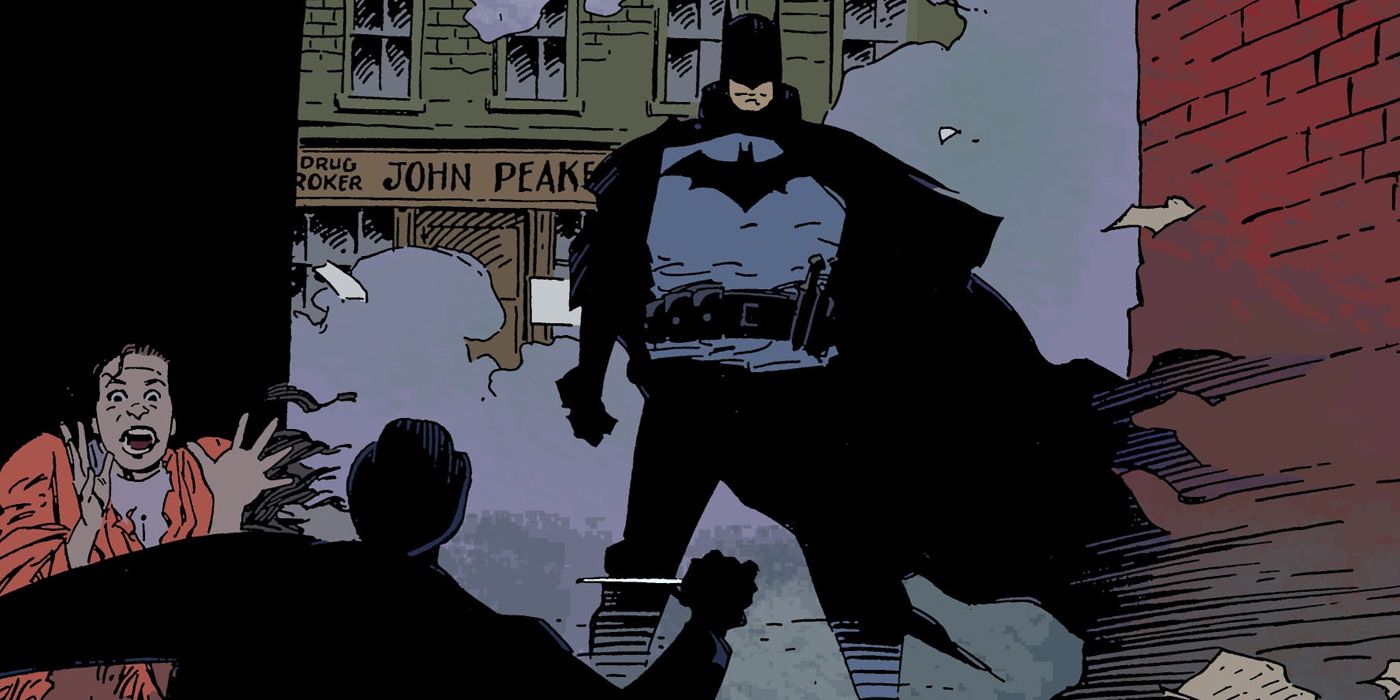
.jpg)
